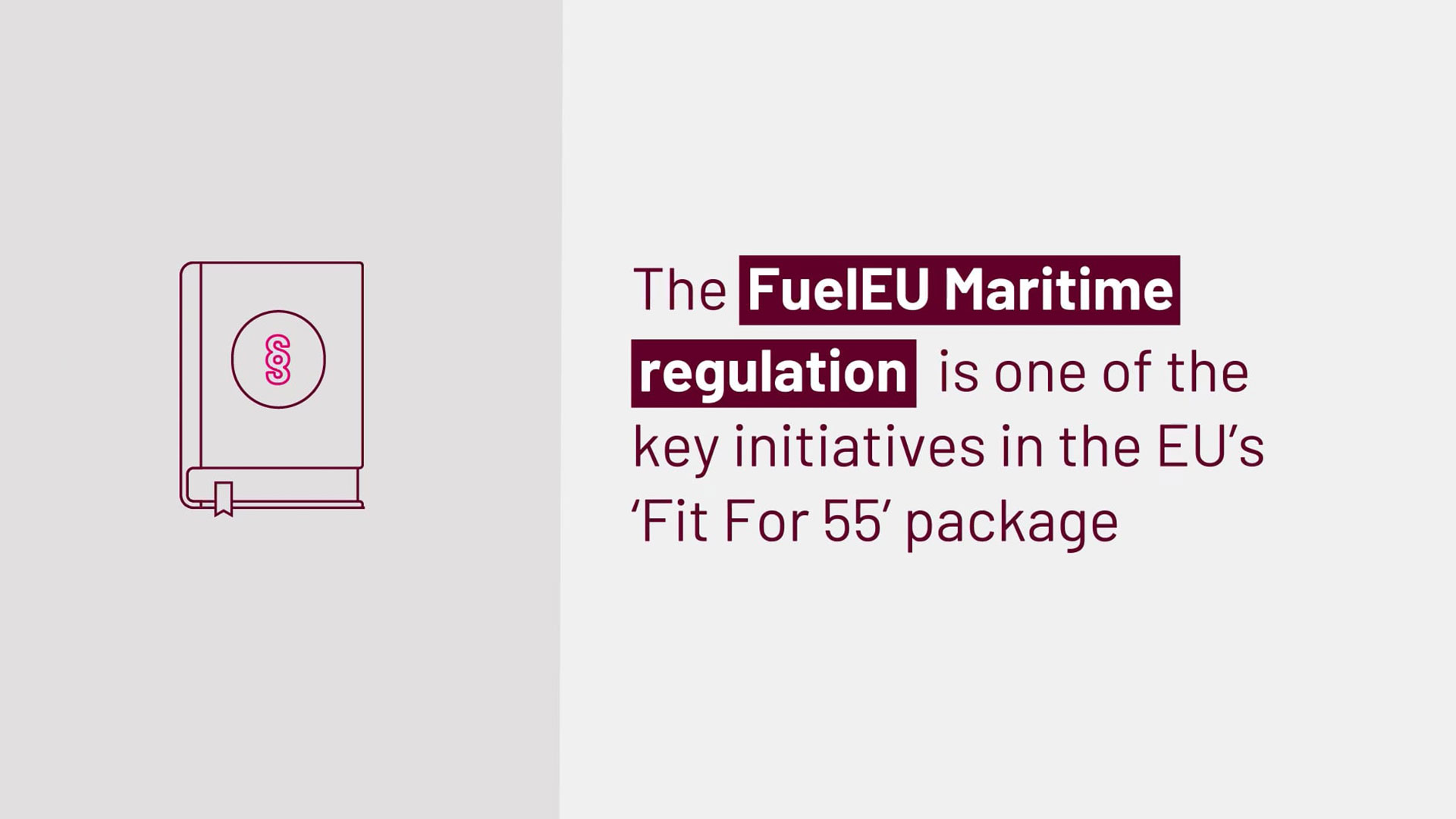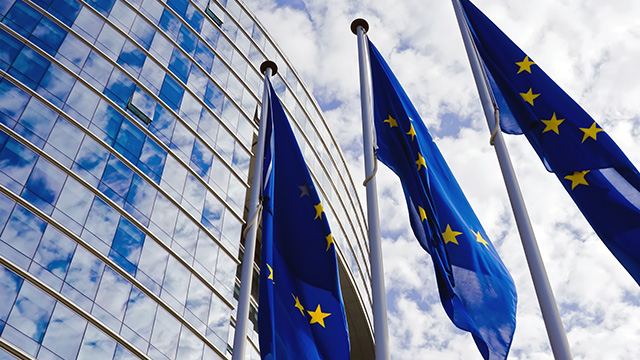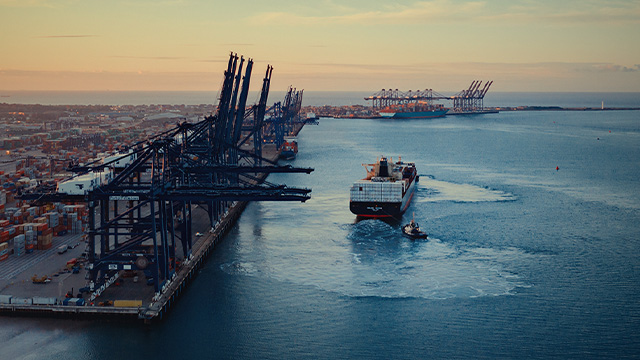The FuelEU Maritime regulation is one of the key proposals in the EU’s ‘Fit For 55’ package.
The FuelEU Maritime regulation is one of the key initiatives in the EU’s ‘Fit For 55’ package which, along with two other regulations – EU Emission Trading System (ETS) and Alternative Fuels Infrastructure Regulation (AFIR) – seeks to steer the EU maritime transport sector away from the use of fossil fuels and towards decarbonisation. The main objective for FuelEU Maritime is to promote the adoption of renewable and low-carbon fuels in the shipping industry by setting requirements to the fuel mix used onboard ships. The regulation will apply from 1 January 2025.
Take a deep dive into the FuelEU Maritime and related regulations and visit:
Or watch our short explainer video below.






